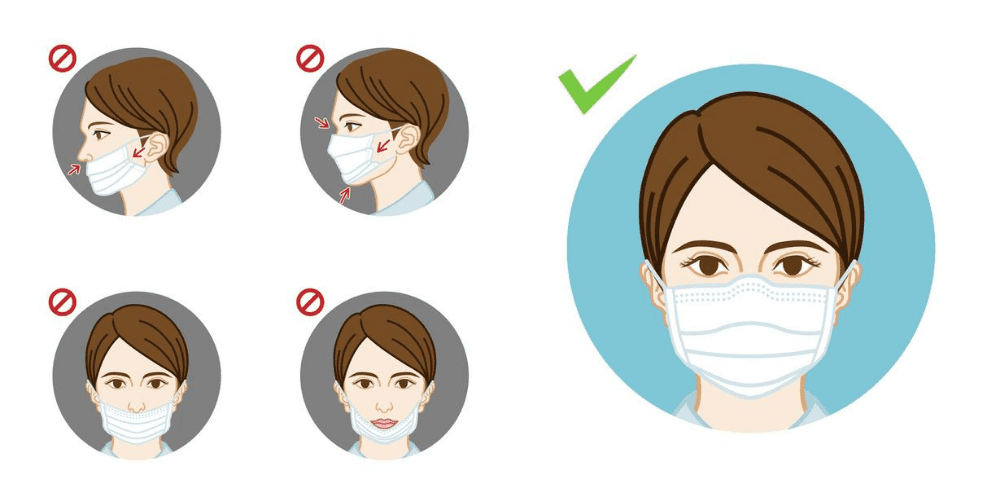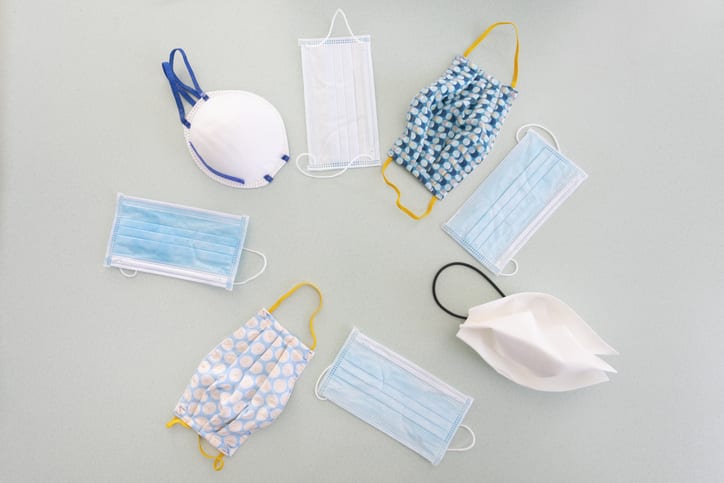Medical, reusable, N95 – what are the best face masks when it comes to preventing the spread of viruses like COVID-19?
With health officials and governments around the world urging people to wear face masks to stop the spread of COVID-19, a group of scientists wanted to know which masks offer the best protection.
Lead by Duke University chemist and physicist Martin Fischer, the scientists went about creating a simple apparatus from common lab materials to analyse the effectiveness of different masks.
With just a box, laser, lens and a cellphone camera, Fischer and his team have built a simple, low-cost technique that offers visual proof on the effectiveness of face masks in reducing droplet emissions.
“We confirmed that when people speak, small droplets get expelled, so disease can be spread by talking, without coughing or sneezing,” Fischer said. “We could also see that some face coverings performed much better than others in blocking expelled particles.”
Ranking all the best face masks
So, which were the best face masks?
Hospital-grade N95 masks without valves were noted as the best kind of face covering. Surgical or polypropylene masks also performed well.
What about hand-made cotton masks? These provided good coverage, too, said researchers, eliminating a substantial amount of droplet spray from normal speech.
Bandanas and neck fleeces, however, were found to be the worse, reportedly not blocking droplets much at all.
Fischer and his team hope this new device will offer businesses and individuals a simple way to test masks for their effectiveness and provide good information on the types of masks people are purchasing or making themselves.
“This was just a demonstration — more work is required to investigate variations in masks, speakers, and how people wear them — but it demonstrates that this sort of test could easily be conducted by businesses and others that are providing masks to their employees or patrons,” Fischer said.
“We wanted to develop a simple, low-cost method that we could share with others in the community to encourage the testing of materials, masks prototypes and fittings,” Fischer said. “The parts for the test apparatus are accessible and easy to assemble, and we’ve shown that they can provide helpful information about the effectiveness of masking.”

READ MORE: How to wear a face mask properly, according to a doctor.




